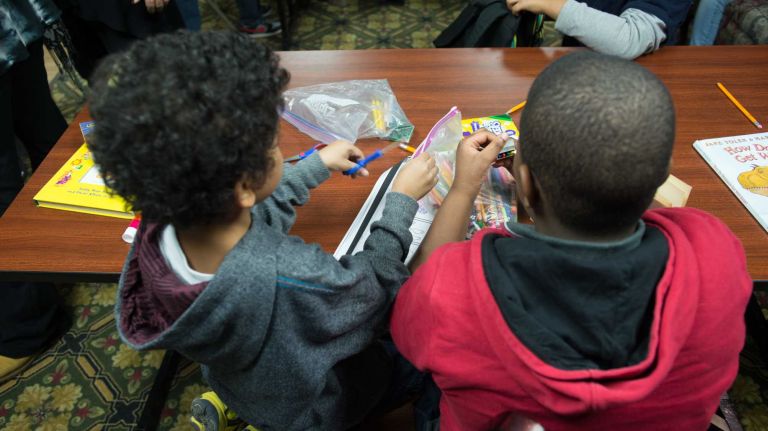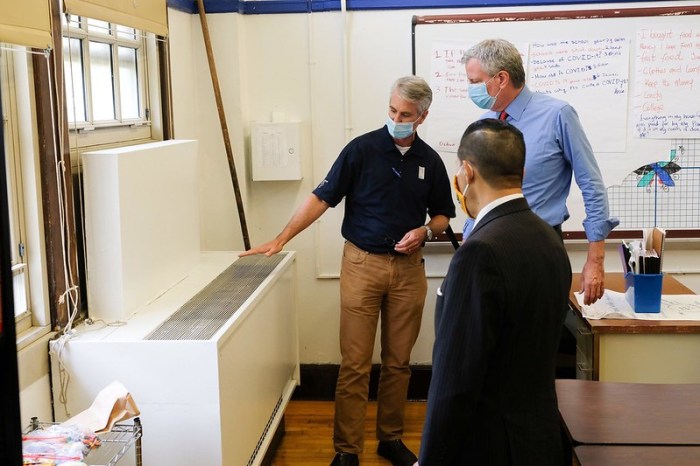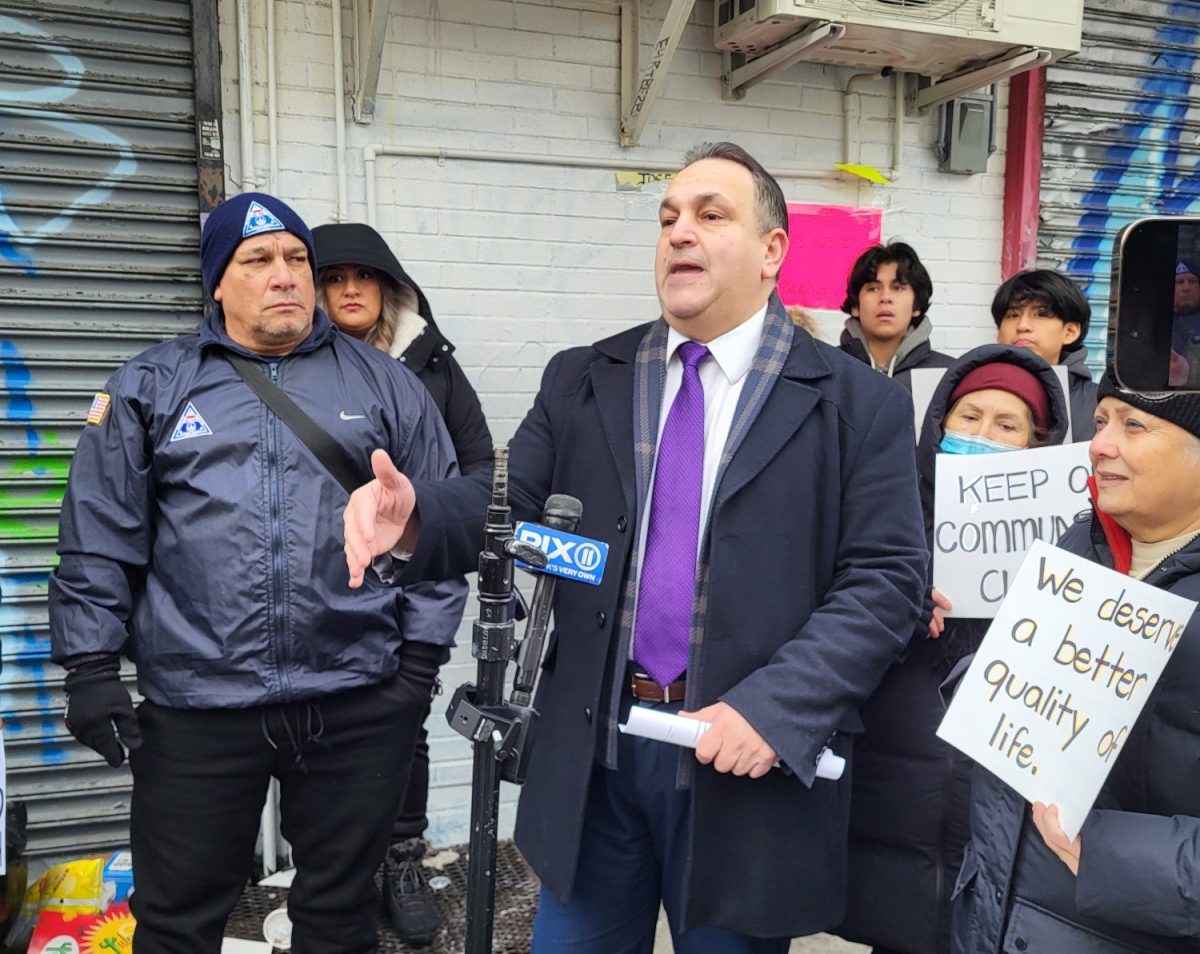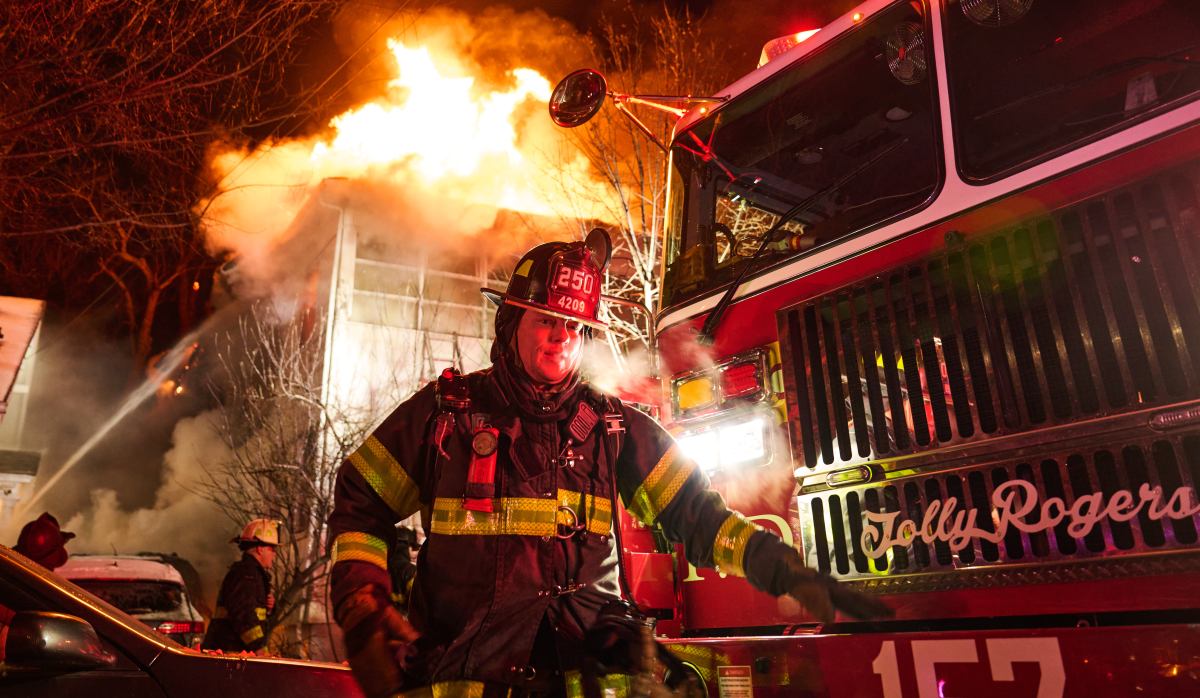New data from the Advocates for Children of New York City (AFC) highlighted the alarmingly low rate of attendance from students living in city homeless shelters.
AFC’s findings from their Still Disconnected: Persistently Low Attendance Rates for Students in Shelter led the group to call on the New York City Department of Education (DOE) to direct COVID-19 relief money towards hiring shelter-based staff who can help ensure students experiencing homelessness to attend school every day.
“The Administration’s current proposal for spending millions in federal funding does not address the most fundamental problem, which is that children in shelter are not getting to school in the first place,” said Jennifer Pringle, Director of AFC’s Learners in Temporary Housing Project during the May 18 announcement. “School can transform the lives of students who are homeless, but only if students get there. With the federal funding available, the Administration has the opportunity and responsibility to tackle chronic absenteeism for students living in shelters by investing in coordinators to figure out why students aren’t making it to school and resolve the problems that stand in their way.”
As previously documented in prior AFC briefs, students in shelters had the lowest attendance rate of any student group from January to June of 2021, when most city students were learning remotely during the height of the pandemic.
In October of 2021 – the most recent month for which data was available – students living in shelter had an overall attendance rate of 78.9%, almost 11 percentage points lower than the attendance rate for permanently housed students and a larger gap than that seen prior to the pandemic.
Tenth and twelfth graders in shelter had attendance rates below 70%, meaning they missed the equivalent of more than a week of school in the month of October alone, and for students in grade 12, the difference in attendance rates between students in shelter and their permanently housed peers was 17.5 percentage points.
Over 30 organizations and the City Council have called upon the DOE to hire additional shelter-based coordinators using its remaining $24 million in American Rescue Plan-Homeless Children and Youth (ARP-HCY) funding. However, the DOE’s current proposal for the next round of federal funding fails to include funding for additional DOE employees to work in shelters and with families to provide aid.
Instead, the DOE is proposing to spend the money on a more sophisticated data portal for use at all shelters and online tools, despite insufficient staffing to support these tools.
“The $24 million in federal education funds for students experiencing homelessness is a transformative opportunity for DOE to invest in staff on site at shelters to get at the root causes of absenteeism and provide the support families and students need,” said Catherine Trapani, Executive Director of Homeless Services United. “More tools and pilot programs without investment in staff are bound for failure. Shelter provider staff are tasked with numerous responsibilities—helping families secure jobs, housing, and social services; there need to be staff on site with the bandwidth, expertise, and skill set to focus full time on the education of students.”
To read the findings from the AFC, visit the website here.




































